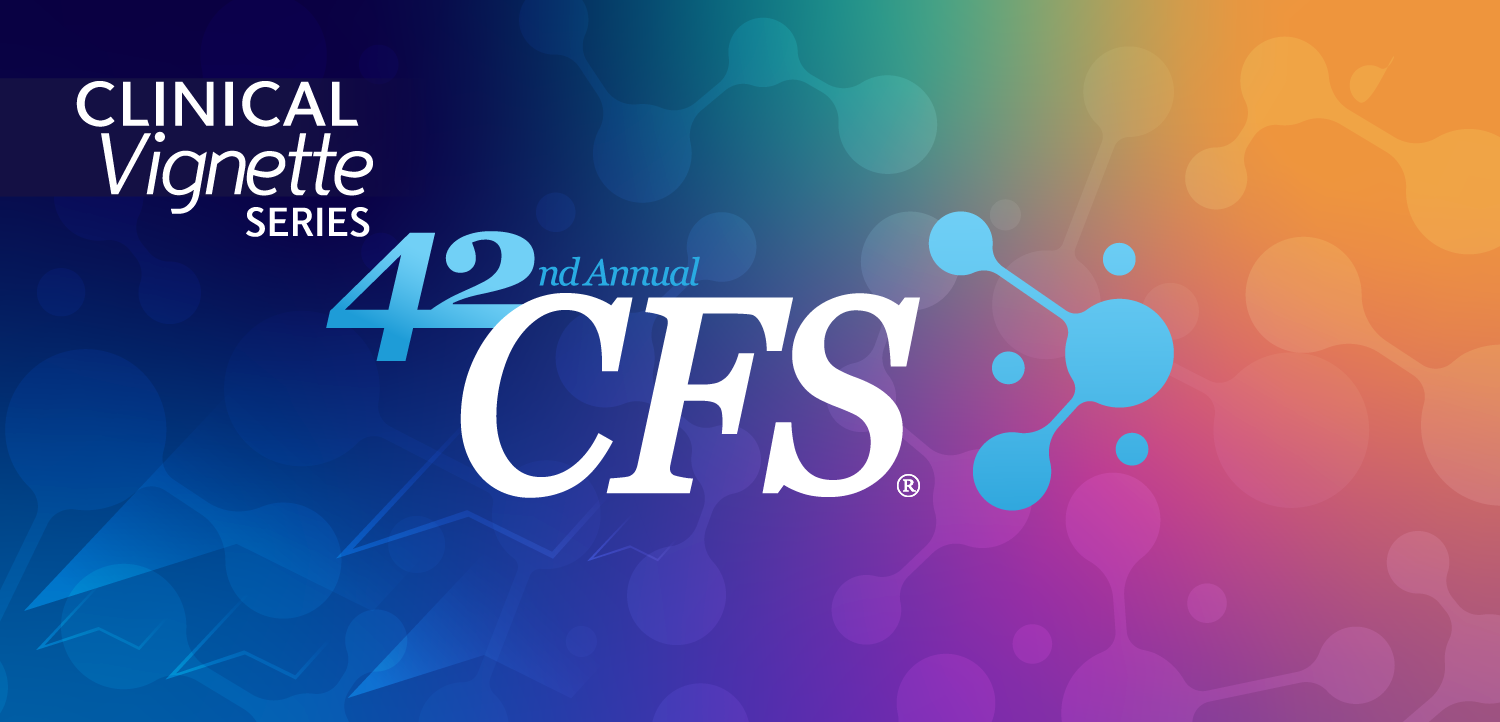
MOA and Safety Profile of Isatuximab from the ICARIA Study
Paul G. Richardson, MD:In terms of thinking about antibody choices in relapsed/refractory disease, I think what we have to recognize is that daratumumab is going to be increasingly used up front, and obviously patients will be on daratumumab maintenance. So when patients relapse, what will be the best CD38 to choose? Well, obviously retreatment with daratumumab is one very reasonable and important strategy.
However, isatuximab, which is a chimeric antibodyso it’s distinct in its structure from daratumumab—also targets CD38. But most importantly, it binds through a different epitope, and that leads to different properties. Essentially, the apoptotic pathway that isatuximab targets appears to be more important for isatuximab’s mechanism of action. That important difference compared to daratumumab may explain some of the very exciting results that we’ve seen. Another point about isatuximab is that it does not activate complement, so its infusion time is much shorter by the intravenous route. And very importantly, at the same time, you don’t need a lot of premedication. Patients with asthma or COPD [chronic obstructive pulmonary disease] can be safely treated with isatuximab.
In our ICARIA-MM study, we were able to demonstrate this option very nicely that in this frailer, real-world population, and we presented a poster by my colleague, Fredrik Schjesvold, MD, PhD, who’s originally from Norway. Fred showed, very nicely, that the elderly population was able to tolerate the pomalidomide, isatuximab, dexamethasone platform particularly well. In the broader scheme of this study, which again we presented both at ASCO [American Society of Clinical Oncology] and EHA [European Hematology Association], we were able to show that it was broadly very active. It doubled PFS [progression-free survival], doubled response rate, and there’s already a survival signal. This is not yet significant because the data are not mature, but there was clearly a trend in favor of the 3 drugs over the 2 drugs with a very impressive hazard ratio.
So with all of that in mind, what was very nice at the International Myeloma Workshop, which we held in Boston, was there was a presentation by Simon Harrison, MBBS, MRCP, on the high-risk subgroup. He demonstrated that in high-risk patients, the combination of isatuximab, pomalidomide, dexamethasone was very active. And this, I think, is important. This suggests that there’s a real role for this antibody in the relapsed/refractory space.
Transcript edited for clarity.








































